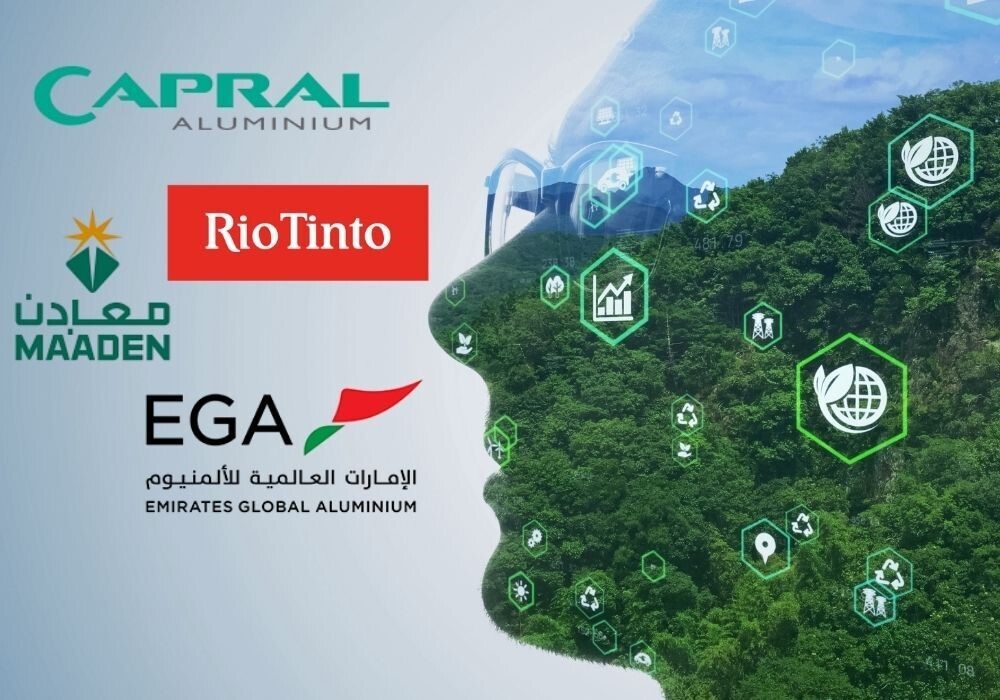

Do you know that recycling a single tonne of aluminium can prevent up to 9 tonnes of CO2 emissions compared to the production from raw materials? As the race toward net-zero accelerates, recycled aluminium has moved from the sidelines to become a cornerstone of a resource-efficient, low-carbon future. In fact, a lot of primary aluminium producers and smelters are now investing more in the secondary aluminium business.

Why are primary smelters investing more in secondary aluminium?
The secondary aluminium market, long led by specialised players such as Novelis, Real Alloy, and regional recyclers, is undergoing a profound transformation. Major primary producers, including EGA, Ma'aden, Hydro, Rio Tinto, and others, are stepping into the arena, strengthening their foothold through greenfield developments, brownfield enhancements, and strategic acquisitions of secondary facilities. This wave of investment marks a clear industry-wide pivot toward circularity and low-carbon growth.
In today's context, aluminium scrap prices are climbing, and availability is tightening as demand for recycled metal from automotive, beverage cans, EVs, and "low-carbon" product buyers are constantly increasing. At the same time, multiple supply-side pressures are constraining the flow of material. Going by the recent graph, earlier this year, the US imposed a hefty 50 per cent tariff on imported aluminium, promoting it as a bold move to revive struggling domestic smelters and reshore metal production.
Responses








